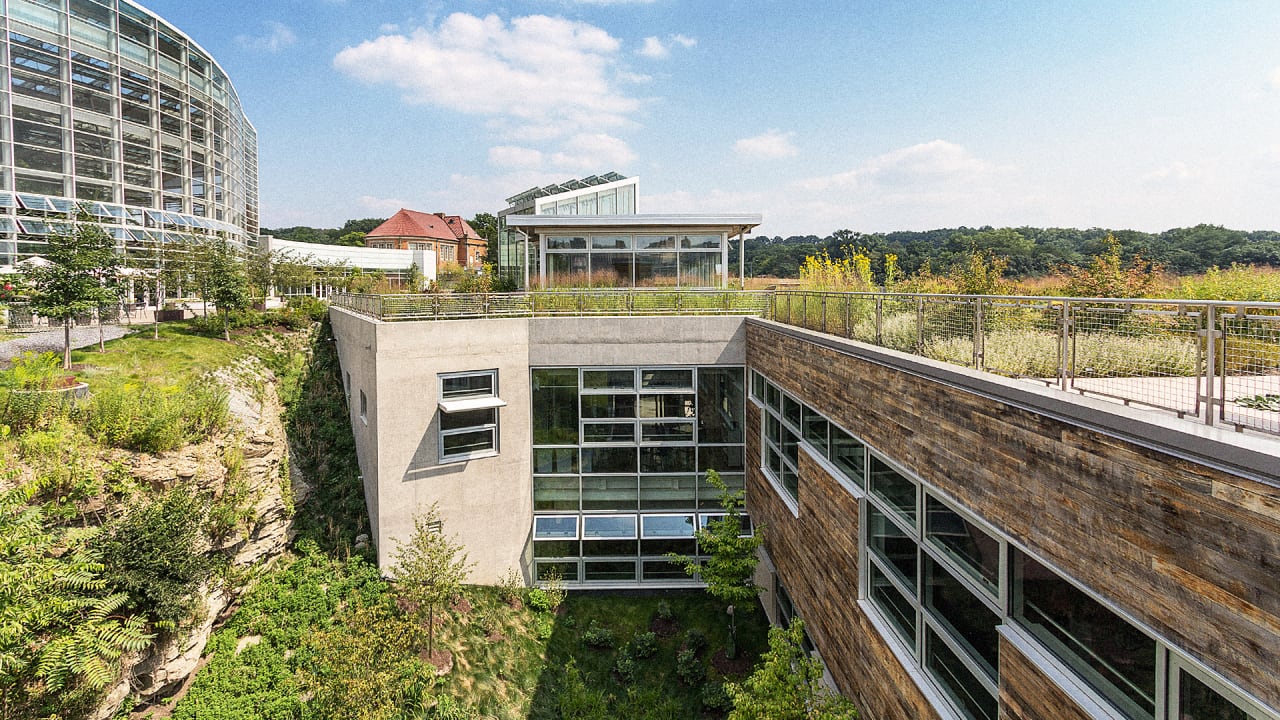How Does Architecture Incorporate Principles Of Water Conservation?

As the planet faces a growing water crisis, architects and designers are increasingly incorporating water conservation strategies into building designs. Here are some clever architectural strategies that can help conserve water:
1. Efficient Plumbing Fixtures
Using efficient plumbing fixtures such as low-flow toilets and faucets can help reduce domestic water consumption by about 20%. That is why architects are now designing plumbing systems that use these fixtures to minimize water waste.
2. Rainwater Collection Systems
In many parts of the world, rainfall is a scarce resource. To help mitigate the impact of water scarcity, architects can incorporate rainwater collection systems into their designs. These systems collect rainwater from roofs and store it in tanks for later use in toilets, irrigation, and other non-potable applications.
3. Greywater Recycling Systems
Greywater recycling systems treat wastewater from bathtubs, sinks, and clothes washing machines, and reuse it for toilet flushing, irrigation, and other non-potable applications. Recycling just one gallon of greywater can save up to 40 gallons of fresh water. Architects can design buildings with greywater recycling systems to significantly reduce water consumption.
4. Permeable Pavements
Permeable pavements are designed to allow water to seep through the surface and percolate into the ground. This helps recharge aquifers and reduce runoff. These pavements can be used in sidewalks, driveways, and parking lots to help conserve water.
5. Xeriscaping
Xeriscaping is a landscaping technique that uses drought-tolerant plants, mulch, and other materials to create a low-water, low-maintenance outdoor environment. Architects can design buildings with xeriscaped areas to minimize outdoor water use.
6. Green Roofs
Green roofs are rooftop gardens that are designed to absorb rainwater and reduce runoff. These gardens provide insulation, filter pollution, and help reduce the urban heat island effect. Architects can incorporate green roofs into building designs to help conserve water and improve air quality.
7. Wastewater Treatment Plants
Wastewater treatment plants can treat sewage and other wastewater to a high quality, making it suitable for reuse in non-potable applications such as irrigation and industrial processes. Architects can design buildings with on-site wastewater treatment plants to reduce the building's water footprint and promote sustainable water management.
8. Water-efficient Landscaping
Water-efficient landscaping uses plants that are native to the region and do not require excessive watering. This can help conserve water and reduce the need for irrigation. Architects can collaborate with landscape architects to design buildings with water-efficient landscaping that complements the building's design and conserves water.
FAQ
What are the benefits of water conservation in architecture?
Water conservation in architecture can help reduce water scarcity, promote sustainable water management, and reduce water bills. It can also improve indoor air quality, reduce the urban heat island effect, and promote biodiversity.
What are some challenges of implementing water conservation strategies in architecture?
Some challenges of implementing water conservation strategies in architecture include cost implications, lack of awareness, and lack of enforcement. Architects may also face difficulties in retrofitting existing buildings with water conservation measures.
Are there any regulations or guidelines for water conservation in architecture?
Yes, there are various regulations and guidelines for water conservation in architecture, depending on the region. The US Environmental Protection Agency, for example, has developed guidelines for water-efficient landscaping, while the International Code Council has developed guidelines for plumbing systems that incorporate water-saving fixtures.
How important is public awareness in promoting water conservation in architecture?
Public awareness is crucial in promoting water conservation in architecture. Architects need to educate clients, building occupants, and the general public about the benefits of water conservation and encourage them to adopt water-saving practices. Architectural firms can also participate in water conservation campaigns to promote sustainable water management.
What are some emerging technologies for water conservation in architecture?
Emerging technologies for water conservation in architecture include rainwater harvesting devices, water reuse systems, and smart irrigation controllers that can monitor weather patterns and adjust irrigation schedules. These technologies can help architects design buildings that are more water-efficient and sustainable.
How can architects incorporate water conservation strategies into existing buildings?
Architects can incorporate water conservation strategies into existing buildings by retrofitting the buildings with water-saving fixtures, installing rainwater harvesting systems, redesigning landscaping to be more water-efficient, and incorporating wastewater treatment plants into the buildings. Architects can also conduct water audits to identify areas in the building where water use can be reduced.
What role do building codes play in promoting water conservation in architecture?
Building codes play a crucial role in promoting water conservation in architecture. They provide standards for water-efficient fixtures and promote the use of water-conserving technologies. Architects must ensure that the designs comply with local building codes and standards to promote sustainable water management.
What is the future of water conservation in architecture?
The future of water conservation in architecture is bright. Architects are increasingly adopting water conservation strategies and technologies in their designs, and the trend is expected to continue. Also, public awareness for sustainability is increasing, and this will drive demand for more sustainable buildings that promote water conservation.


Post a Comment for "How Does Architecture Incorporate Principles Of Water Conservation?"